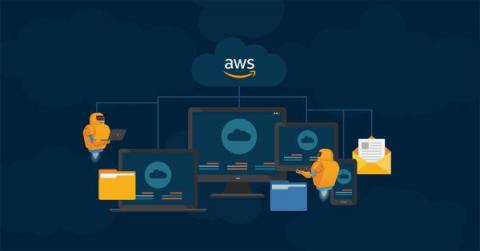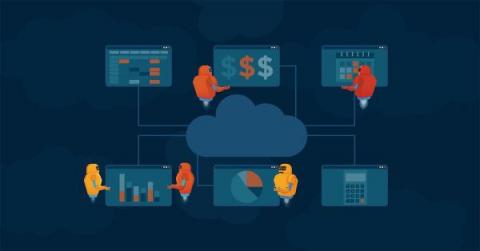The 9 Best AWS Management Tools You Can Use Right Now
Amazon Web Services (AWS) provides over 200 fully-featured services, that aim to make the cloud affordable and cost-efficient for the companies that use the popular cloud provider. Yet, the average AWS customer wastes 30% to 35% of their cloud budget on unnecessary costs. But why? Many organizations running on AWS report challenges managing their infrastructure — and some engineers feel their native tools simply do not cut it for managing their enterprise applications.














